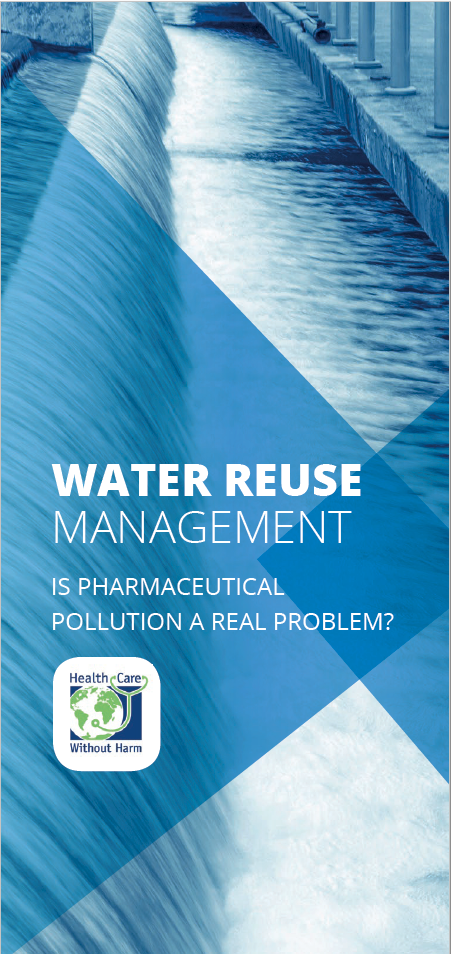Current wastewater treatment methods only partially remove pharmaceuticals, meaning that drug residues are still present in recycled water. Even low concentrations of pharmaceuticals in water can have harmful effects on animal and plant life. For example:
- Residues of diclofenac, an anti-inflammatory drug, can cause renal failure in vulture populations feeding on carcasses of treated cattle – populations in the Indian subcontinent declined by 80-99% between 2003-2004
- The contraceptive drug ethinylestradiol can impair reproduction in fish populations whilst antibiotics enrofloxacin and ciprofloxacin have toxic effects that can inhibit the growth of some aquatic species
Information on wastewater management, pharmaceuticals in water, and water reuse can all be found in HCWH Europe’s recent publication Water reuse management: Is pharmaceutical pollution a real problem?
The publication also contains our recommendations for EU policy makers.
Studies have shown that measurable residues of certain medicines are likely to occur in soils for at least five months following application of manure containing these compounds. Another research study showed that the roots and leaves of lettuce, spinach, cucumber, and peppers grown in a nutrient solution containing low concentrations of 20 frequently occurring pharmaceuticals contained a majority of those drugs when tested.
Acknowledging that water re-use can be beneficial in regions suffering from water scarcity, we propose that legislative measures should consider pharmaceutical pollution and the spread of antimicrobial resistance to ensure high water quality and protect human and environmental health.
For more information on pharmaceuticals in the environment, visit HCWH Europe's resource page. To stay updated, sign up to receive our pharmaceuticals news bulletin.
